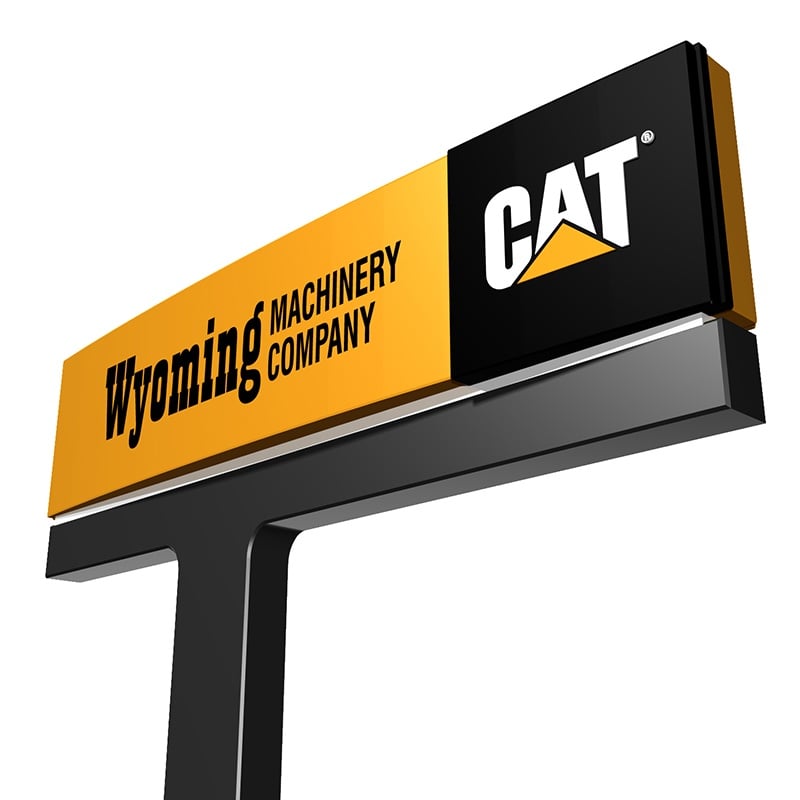When it comes to improving productivity and uptime on the jobsite, machine technology gets most of the press these days — as it should. Grade control, automated bucket movement, payload management, fleet monitoring, compaction control and the like all can deliver double-digit efficiency gains. But some less high-tech factors also come into play in the quest to help your operators get more work done every shift. As you’re shopping for equipment, don’t overlook these simple productivity boosters:
An ergonomic cab and controls
You’ve heard it before: A comfortable operator is a productive operator. When someone spends eight to 12 hours a day in the cab, ergonomics matter. Here are a few key factors to look for:
- Seats that accommodate different shapes and sizes, so operators can adjust to the most comfortable working position
- Switches and buttons that are laid out in a way that limits unnecessary movement and the need to look down at the controls
- The least amount of noise and vibration possible
- Customizable joystick control settings that let operators adjust things like hydraulic flow and speed to their liking
- “Extras” like Bluetooth ports, cup holders, climate control and storage — anything that limits fatigue and makes a long shift more comfortable
Excellent visibility
Having a clear view of the implements, attachments and work area is key to a productive shift. That’s why cab visibility is such an important factor. It helps eliminate guesswork, saving time and reducing the chance of errors, and it gives your operators the confidence to work more quickly. When you’re selecting equipment, be sure to get in the cab and check out the sightlines from all angles. You may want to consider the benefit of onboard cameras as well — by increasing visibility to the rear and sometimes even the sides of a machine, they can help enhance productivity as well as safety on the job.
Onboard monitors
Your operators often are your first line of defense against downtime. Because they spend so much time in the machine, they can tell when it isn’t operating as it should be. A good onboard monitor — one that’s easy to see in any lighting condition and easy to operate with the touch of a finger — plays a big role in helping them stay on top of machine performance. Look for monitors that display all the vital machine stats at a glance and alert your operators to any malfunctions. That way, they can identify any issues that may be hampering productivity and get them fixed fast. In addition, many monitors also display attachment presets, making it quick and easy for operators to match the specific operational requirements of each attachment — which means no more time wasted on manual calibration.
Work modes
Some jobs need full-on, full-power performance, but not every task does. For that reason, many equipment manufacturers these days are adding different work modes to their machines. On an excavator, for example, “power” mode might deliver maximum engine and hydraulic power for a tough digging or lifting job, while “smart” mode automatically matches the power required to the conditions. Consider seeking out machines with work modes that help ensure your operators complete every job as efficiently as possible — not under-powering and wasting time, not over-powering and wasting fuel.
If boosting productivity and uptime tops your priority list, absolutely take a close look at all your onboard technology options and work with your equipment dealer to select the ones that will deliver the biggest bang for your buck. But be sure to keep these “simpler” solutions in mind, too. They all speed and simplify operation for your operators, helping you get more done in less time.



